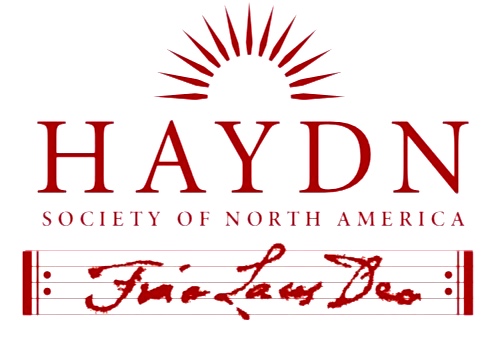
Document Type
Article
Abstract
As asserted by Ethan Haimo in a 1990 article, Joseph Haydn’s Piano Trio in A-flat major, Hob. XV: 14 (1789-90), comprises his first use of a chromatic third relationship between movements of an instrumental work, with a I—flat VI—I tonal plan. This harmonic strategy, immediately taken up by Beethoven in his Piano Trio in G major, Op. 1 no. 2 (slow movement in E, VI) and his Piano Sonata in C major, Op. 2 no. 3 (slow movement in E, III), quickly became a conventional feature of early 19th-century tonality.
Such third-related shifts in Haydn’s instrumental music occur earlier than 1790, especially in his string quartet Minuet-Trio movements, often built around a parallel major-parallel minor pairing of keys and their relatives. For instance, in Haydn’s String Quartet in F major, Op. 50 no. 5 (Der Traum), third movement, Haydn effects a chromatic third modulation in two stages: touching briefly upon the parallel key (f minor) in the trio, then moving immediately to its relative major, A-flat (i.e. flat III of F major). As for works written after 1790, the Minuet and Trio of the Emperor Quartet in C major, Op. 76 no. 3, demonstrates the opposite strategy: after beginning the trio in the relative minor, Haydn shifts modally to its parallel key, A major, as the passage develops (VI of C major). As demonstrated by the above-mentioned quartet movements and others drawn from Opp. 74, 76, and 77, such two-stage chromatic third shifts at the formal level and this procedure’s affinity with modal mixture, provides a new paradigm for understanding remote modulations, both in the late Classical period and beyond.
Recommended Citation
MacKay, James
(2018)
"Another Look at Chromatic Third-Related Key Relationships in Late Haydn: Parallel Keys and Remote Modulation in Selected String Quartet Minuets,"
HAYDN: Online Journal of the Haydn Society of North America: Vol. 8, Article 4.
Available at:
https://remix.berklee.edu/haydn-journal/vol8/iss2/4
© Haydn Society of North America ; Boston: Berklee Library, 2018. Duplication without the express permission of the author and/or the Haydn Society of North America is prohibited.


